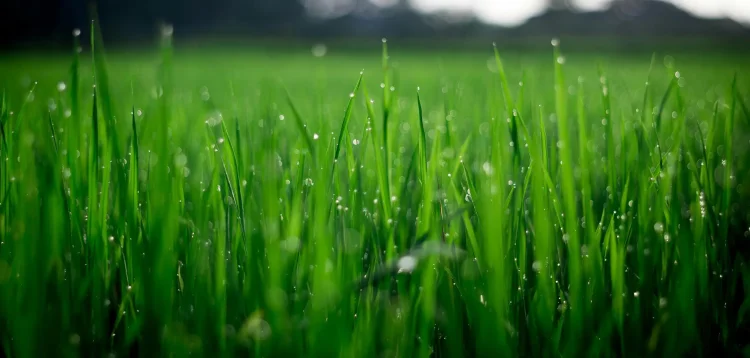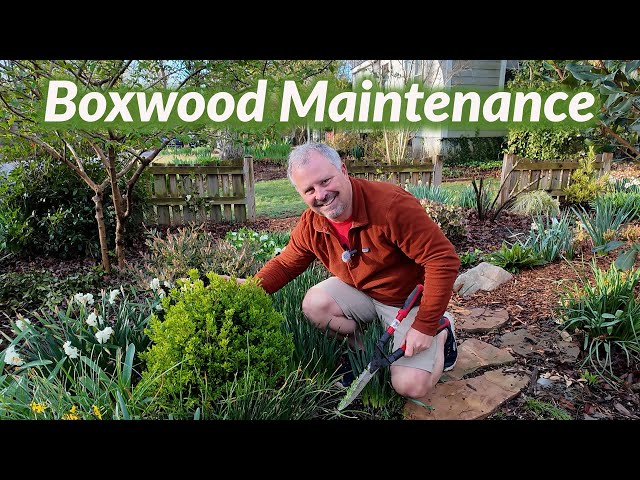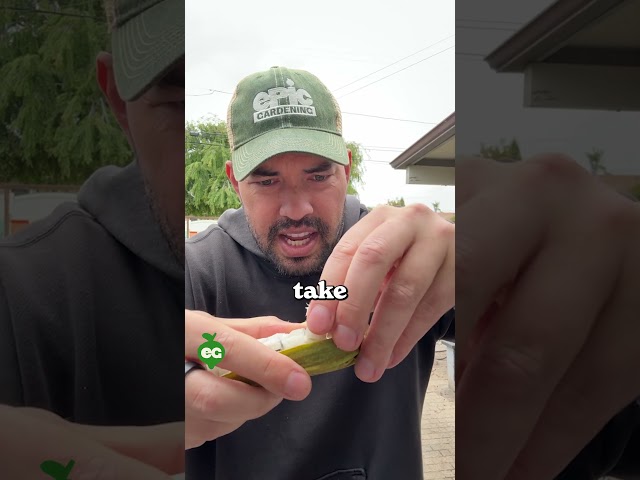Watering: The Lifeline of Green Grass
One of the most essential aspects of maintaining lush, green grass during the scorching summer months is watering it properly. Grass typically needs at least 1 inch of water per week, either from rain or irrigation. It’s best to water your lawn early in the morning, ideally between 6 am and 10 am, when temperatures are cooler and winds are calmer. This minimizes evaporation and allows the water to penetrate deeply into the soil.
Consider investing in a quality sprinkler system that provides even coverage across your lawn. Deep and infrequent watering encourages deeper root growth, making your grass more drought-resistant. A practical tip is to place empty tuna cans around your lawn while watering to measure the amount of water being applied.
Mowing: Cut with Care
Mowing your lawn incorrectly during the summer can cause more harm than good. Set your mower blades high; cutting your grass too short can stress it and encourage weed growth. A height of around 3 inches is generally recommended. Taller grass shades the soil, reducing evaporation and helping to keep the roots cool.
Moreover, keep your mower blades sharp. Dull blades tear the grass rather than cutting it cleanly, making your lawn more susceptible to diseases and pests. As a general rule of thumb, never cut more than one-third of the blade’s length at a time. Doing this helps maintain the grass’s vital energy reserves and keeps it thriving.
Feeding: Nourishment for Healthy Growth
Summer is a critical time for lawn nutrition. Fertilizing your grass provides the essential nutrients that promote robust growth and deep green color. Opt for a slow-release fertilizer that provides a steady supply of nutrients over time. This can prevent the unwanted surge of growth that quickly depletes your lawn’s resources.
Be cautious not to over-fertilize, as this can actually burn your grass and damage its health. Follow the instructions on the fertilizer package and consider conducting a soil test to determine exactly what nutrients are needed. Organic fertilizers are a great option as they improve soil health and are environmentally friendly.
Aeration: Letting Your Lawn Breathe
Aeration is often overlooked but is crucial for a healthy lawn, especially during the summer. Compacted soil inhibits root growth and restricts the flow of air, water, and nutrients. Aerating your lawn, either with a core aerator or spike aerator, can alleviate compaction and promote a more resilient grass.
The best time to aerate is during the growing season when your grass can heal and fill in any open areas. This makes summer an excellent time for warm-season grasses. Aerated soil allows for better penetration of water and fertilizers, ensuring your lawn stays green and lush.
Weed and Pest Control
Weeds and pests can quickly take a toll on your lawn’s health. Summer heat can accelerate weed growth, leading to a patchy and unhealthy lawn. Regularly inspect your lawn for weeds and remove them promptly. Use a selective herbicide that targets weeds without harming your grass.
Pests such as grubs and chinch bugs can also wreak havoc on your lawn. Look for signs of pest damage, such as yellowing patches or irregular grass growth. Applying an appropriate pesticide can help manage these pests, but always follow the label instructions and consider natural alternatives when possible.
Soil Health: The Foundation of a Green Lawn
A healthy lawn starts with healthy soil. Ensure your soil has a balanced pH and contains the necessary nutrients. Adding organic matter, such as compost, can improve soil structure, water retention, and nutrient availability. Mulching grass clippings is another great way to return nutrients to the soil.
Maintaining soil health also involves managing the thatch layer. Thatch is a layer of dead grass that can build up and prevent water, air, and nutrients from reaching the soil. Regularly dethatching can help maintain a healthy lawn.
Proper Use of Lawn Equipment
Lastly, the proper use and maintenance of lawn equipment can play a significant role in keeping your grass green. Make sure your sprinkler system is working efficiently, and that nozzles are not clogged. Regularly clean your lawn mower and keep the blades sharpened to ensure optimal performance.
It’s also beneficial to occasionally change your mowing pattern. This prevents soil compaction and uneven wear on your lawn, thereby promoting uniform growth.

















